Description and cultivation of Baroque roses
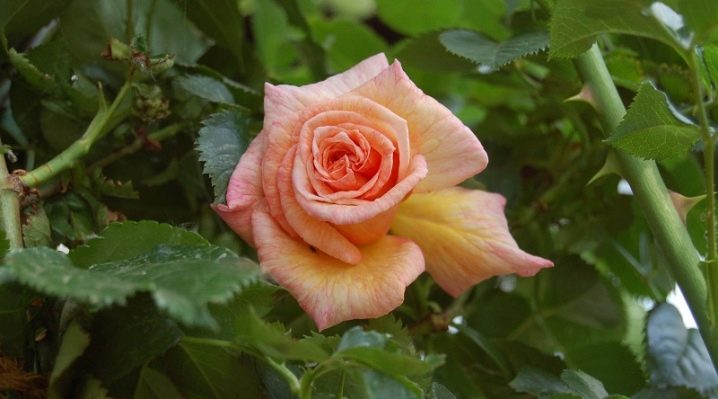
Among the huge number of different varieties of roses, beauties created in the famous pink nursery "Tantau" in Germany are very popular. It is there that wonderful varieties of roses are grown, which occupy the leading positions in the rating of Russian gardeners.
Description
The world famous Tantau Rose Nursery is located in the north of Germany. Climbing rose "Baroque", one of the best varieties of the nursery, was bred here in 1999. The name of the species comes from the word "baroque", meaning a style that combines pomp and unusualness. "Baroque" fully corresponds to its name, differing in spectacular flowering and decorativeness.
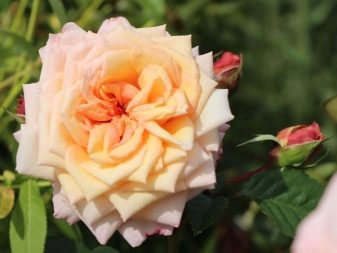
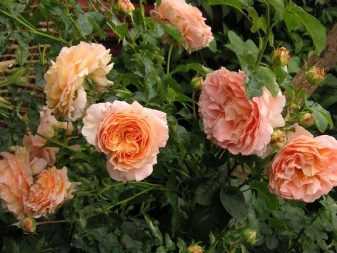
According to the classification established in floriculture, the variety belongs to climbers. Young flexible shoots of a rose harden over time and become tough. She has large double flowers with beautiful buds and a spicy sweet aroma.
The color scheme of the rose is amazing. It shimmers from apricot and pinkish to creamy with yellow tones. The flowers stand out beautifully among the dark green foliage. The color of the petals depends on the weather conditions. In cool weather, they turn pink, and in hot weather they become apricot with a yellowish tint. Height reaches 2-3 meters, flower size - up to 12 cm, 5-10 cup-shaped flowers with 65-75 petals are placed on the stem at once.
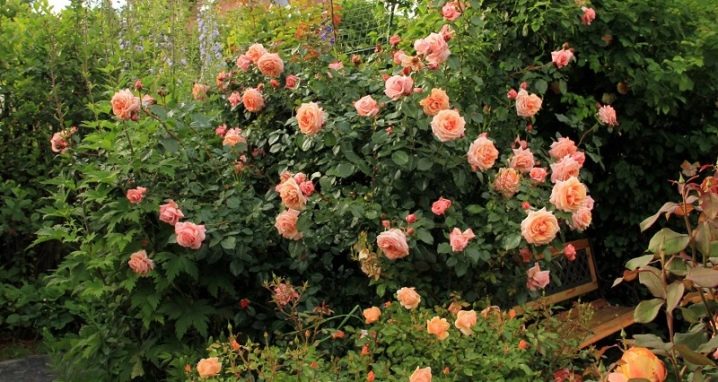
In addition to appearance, other advantages are also attracted:
- continuous flowering;
- disease resistance;
- good frost resistance.
Nursery seedlings are excellent planting material. They fly all over the world. In Russia, the variety is successfully grown in the middle lane.
Despite its good endurance, "Barok" does not tolerate temperature extremes and bad weather, which can be called a disadvantage of the variety.
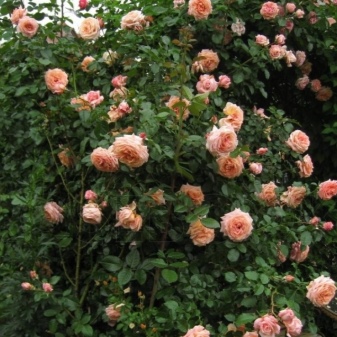
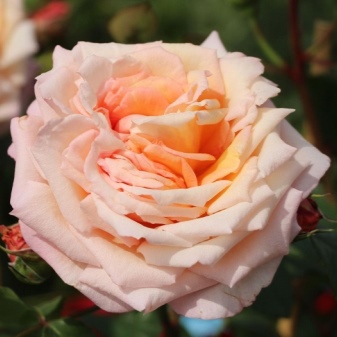
Landing features
The site on which it is planned to plant a rose must be chosen thoroughly. It should be light and airy, given that the rose grows in breadth. "Baroque" is a perennial plant, and it will stay in this place for a long time. Attention is also paid to the level of soil moisture. The rose will not grow in places where groundwater is close to the surface of the earth or the area is very swampy. In addition, it is necessary to determine the acidity of the soil. A slightly acidic environment is suitable for this species. An acidity test can be purchased at any garden store. When planting roses, leave a distance of at least 1 meter between them, and 60 cm to the support.
It is also necessary to choose seedlings carefully, because the health of the plant and the entire process of its cultivation will depend on it. Saplings should be purchased with a well-developed root system and buds. They should have at least two hardened shoots without green shoots. Before planting, they are immersed in water for several hours so that the shoots are well saturated with moisture.

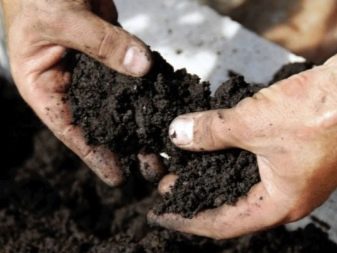
The landing site is prepared in advance. It must be dug up to a depth of 60 cm, and organic fertilizers must be applied. Lime or ash is introduced into acidic soil, needles or sawdust into alkaline soil. The roots should be loose in the pit, on the bottom of which drainage and compost should be poured. Shoots intended for planting are shortened by 20-30 cm. After planting, the seedlings are watered abundantly with water.
It is better to plant a rose in the fall. It manages to take root and its winter hardiness increases, and in the spring, active growth begins.With spring planting, the root system takes longer to take root, which leads to a slowdown in growth and flowering.
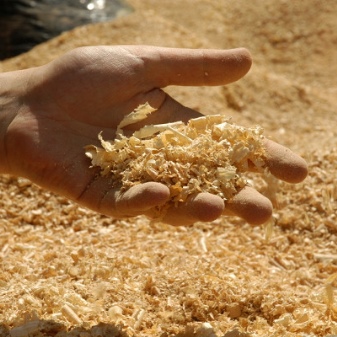

How to grow?
First of all, such a plant needs regular feeding. Without this, it will refuse to bloom. In the spring, for better growth, nitrogen fertilizers are applied. In the summer they are fed with preparations of mineral origin. Before winter, for better tolerance to cold weather, fertilizers should include two elements: phosphorus and potassium.
Watering should be done at least 1 time per week with warm, settled water. In the absence of rain, 2-2.5 buckets of water are needed per bush. The plant is watered at the root, the leaves must remain dry. It is better to do this in the morning and evening, excluding the hot time of the day.

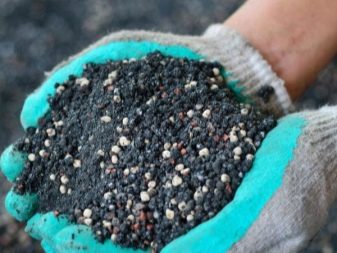
The "Baroque" variety is quite resistant to various diseases, however, the following factors may well lead to them:
- improper use of fertilizers;
- unsuitable weather conditions:
- acidity of the soil and its structure.
If a disease occurs, the affected areas of the rose should be removed if possible. The plant itself and the soil under it should be treated with fungicides. Processing is carried out several times. To saturate the roots with oxygen, loosening is used. It is carried out in spring and autumn. In the spring - to protect the roots from drying out, and in the fall - from the cold.

Pruning
To keep the bush in an attractive form, damaged and dried stems are cut as follows:
- in spring - the main pruning, in which 2-4 buds are left;
- in summer - weak;
- in the fall - preparation for winter shelter.
The removal of old branches and pruning of young ones leads to the stimulation of the growth of new lateral stems. Pruning helps the roots retain their stored nutrients and rejuvenates the plant. Rose easily tolerates pruning and recovers quickly
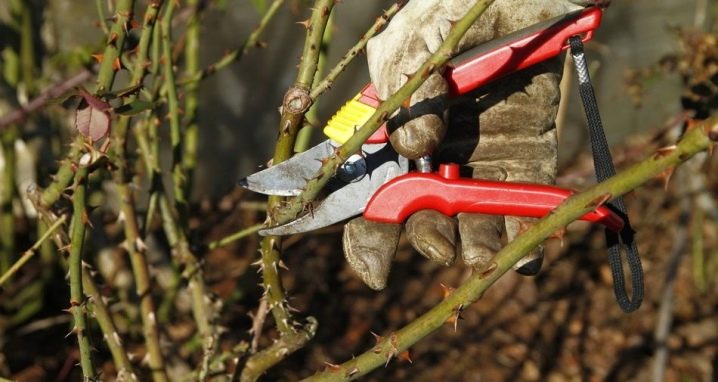
Garter
Sprawling bushes "Baroque" are used for vertical gardening. This quality is also used in landscape design. Flowers can ennoble the most ordinary-looking area:
- hide the flaws of the wall of the house or hedge;
- beautifully decorate the columns of a garden gazebo or arches.
When tying a rose, it must be borne in mind that it will have to be removed for the winter. There are different ways to tie roses:
- you can place it in the form of a fan against a wall or hedge;
- lashes can be distributed on the grid;
- a rose, entwined around a tree or an arch pillar, looks beautiful.
When tying a plant to a support, the following recommendations of experienced gardeners should be observed:
- supports must be strong and reliable so that they can withstand any bad weather;
- make sure that they are in harmony with the design of the site;
- compliance with the length of the shoots is required.


Shelter for the winter
Due to the low flexibility of the branches, it is difficult to close roses for the winter. This deficiency is fully compensated for by the lush and continuous flowering in the summer, which gives your site a unique beauty and attractiveness.
Covering the bushes for the winter, they must be bent to the ground. Spruce branches and other improvised materials are laid around the rose, on which the whips taken from the supports are located. A frame is erected above them, which is covered with a dense fabric. The structure must match the length of the branches. You can also build a wooden board house and cover it up.
If the shoots have lost their flexibility, they are left to winter in an upright position, wrapped in a thick cloth.
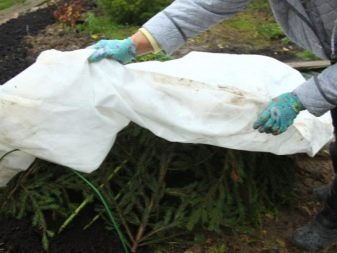
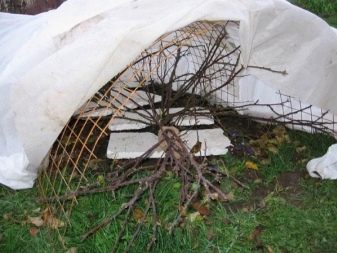
Various materials for covering roses can be purchased in stores.
- The polyethylene film retains an air gap, which promotes metabolic processes in the shelter. In this case, it is necessary to monitor the temperature regime and air flows inside.
- Non-woven polymer material allows air to pass through, protects from wind, raises the temperature inside the shelter by several degrees. The material is very durable and can be used for a long time.
Before sheltering for the winter, it is necessary to loosen the soil around the trunk and apply fertilizer.


Reproduction
Roses, like other plants, can be propagated by cuttings and layering.Not all varieties are suitable for this method, but for Baroque it is possible. Cuttings of a rose are created from its stems. The top of the stem with buds is cut diagonally to a height of 20-30 cm. The cuts are made clear, without dangling edges. The stem is cleaned of the lower leaves and lowered into a vessel with water. If the cutting is rooted, the buds turn green. The method does not give a 100% guarantee that the cuttings will take root.
When propagated by layering, the flexible shoot of the rose is placed in the soil. After rooting, the appearing processes are separated from the mother bush and transplanted. Usually this is done in the spring, and in the fall it will only be necessary to transplant. If propagated by layering in summer or autumn, they are covered for the winter, and transplanted the next year.
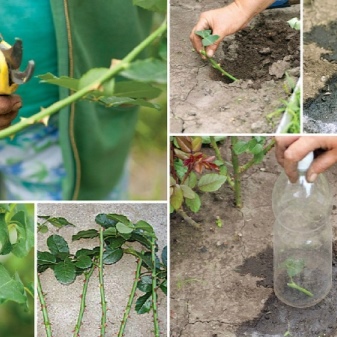
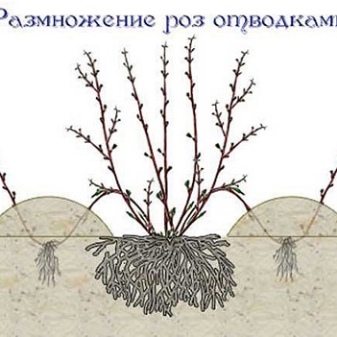
Reviews
According to experts, the following conclusions can be drawn:
- rose "Baroque" is resistant to cold and disease;
- is a decoration of the garden, beautifully and continuously blooms; grows rapidly;
- rose seedlings root well;
- successfully used in landscape design.
However, there are also negative responses, mainly related to the cultivation of roses:
- for successful cultivation and lush flowering, a sufficient amount of heat and light is needed;
- you should regularly water, feed and weed the plant;
- Baroque has medium rain resistance;
- young flexible lashes become more rigid over time, so it is difficult to bend them, covering the rose for the winter.
In the next video you will find even more information about the Baroque rose.

































































































The comment was sent successfully.